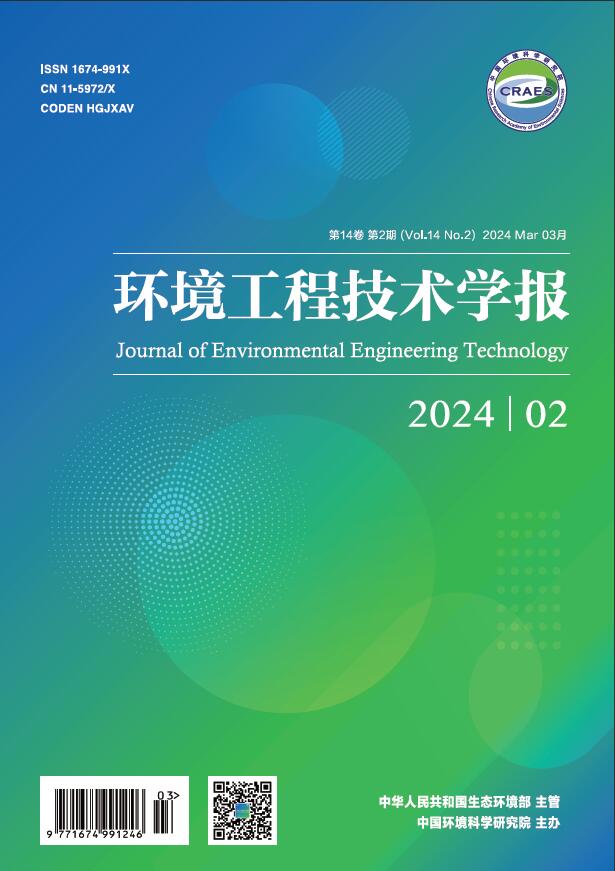2011 Vol. 1, No. 6
column
- Water Pollution Control Technology and Resource Utilization
- Solid Waste Pollution Prevention and Recycling Technology
- Pollution Control and Watershed Management
- Topics on Environmental Criteria and Standards Development and Management
- Noise Pollution Control Technology
- Industrial Policy and Environmental Management
- Environmental Monitoring and Control Technology
Display Method:
2011 Vol.1, No.6
Oxidative Degradation of Simulated Amantadine by the Fenton Processes and the Intermediates Analysis
2011, 1(6): 454-459.
doi: 10.3969/j.issn.1674-991X.2011.06.076
Abstract:
Environmental Impact of Polyester Alkali-reduction Wastewater and Its Resource Recovery Technologies
2011, 1(6): 460-465.
doi: 10.3969/j.issn.1674-991X.2011.06.077
Abstract:


